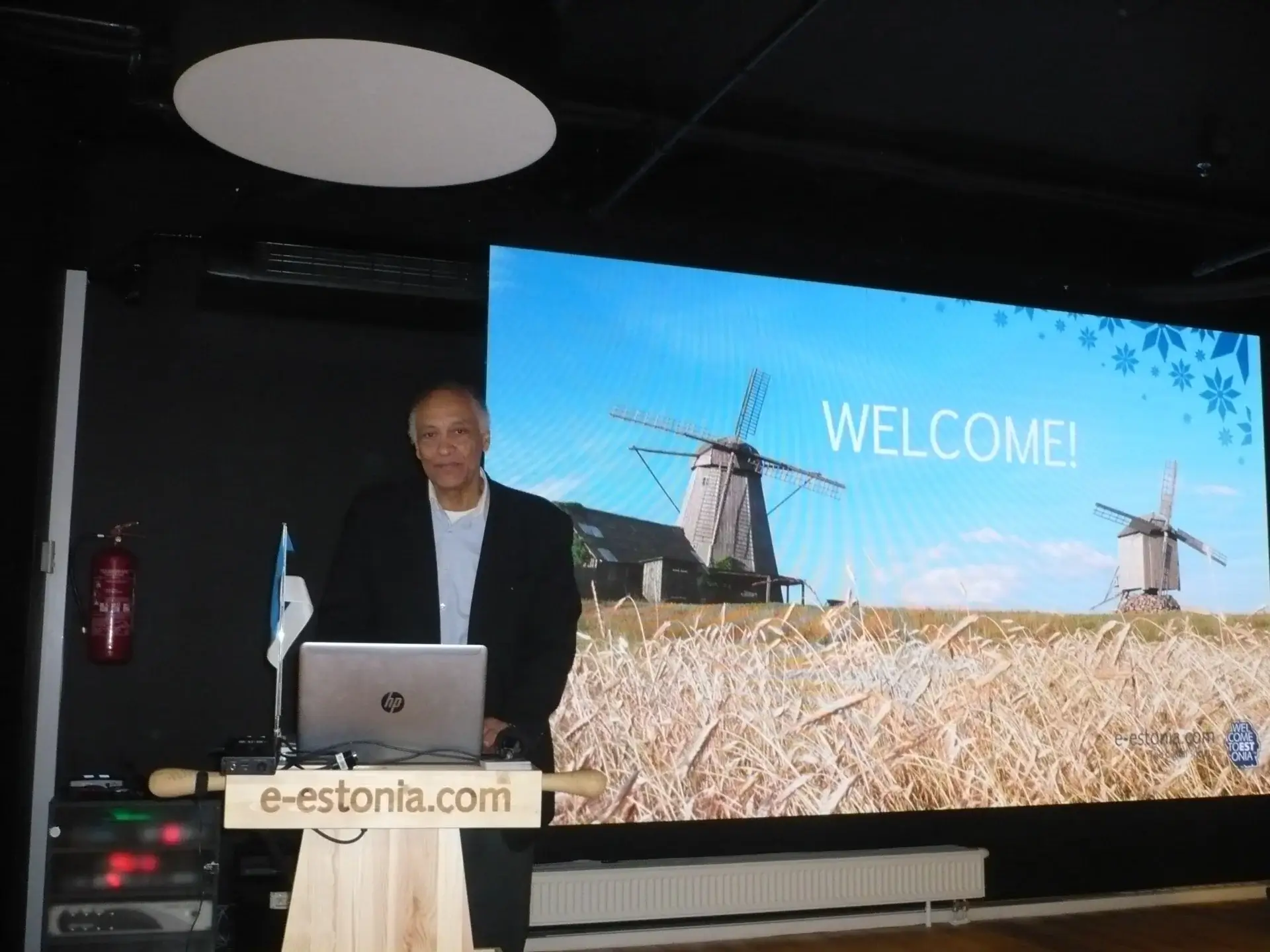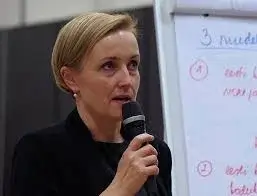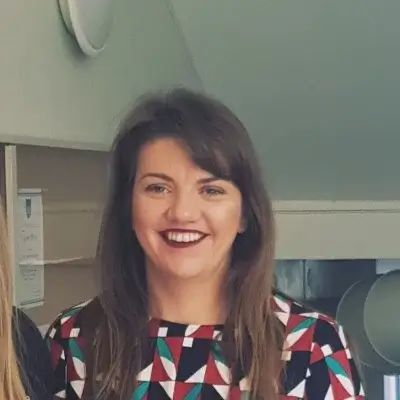Estonia makes Artificial Intelligence an integral part of school lessons

Testing with ChatGPT and a chatbot helps teachers
eyesonsuriname
Amsterdam, 4 March 2025 — Estonia is going to incorporate artificial intelligence into its national education system.
This makes the Baltic state the first country world-wide that wants to apply AI in education on a national scale.
For its introduction, the Estonians are looking at the American OpenAI and research company Anthropic.
The aim of the project, called AI-leap, is to allow all Estonian students to develop new digital skills and prepare them for a digital future.
“Estonia’s competitiveness depends on how well we can prepare young people for the era of artificial intelligence,” said Estonian Minister of Education and Research Kristina Kallas at a press conference dedicated to the announcement of the plan.

AI-Leap builds on the ‘tiger leap’ program, which was launched some thirty years ago after Estonia’s independence from the Soviet Union.
At the time, the emphasis was on equipping schools with computers and the internet, now the focus is shifting to artificial intelligence as a spearhead in education. Estonia is among the best-performing countries in Europe according to the most recent Pisa survey, which measures the skills of 15-year-olds in maths, reading, and science.

For Mari-Liis Sults, head of the Tallinn Art Gymnasium and president of the Estonian capital’s Association of School Principals, the use of AI in the classroom is already a daily occurrence.
Not always correct answers
At the gymnasium, AI has been fully integrated into the lessons by both teachers and students since the end of the corona pandemic. Teachers of all year levels use ChatGPT for lesson preparation or receive tips via the chatbot on how to deal with an annoying student, while students from group 6 use AI for their assignments. They can use it as a tool for their homework and even have the option to use it during tests.

‘Students know that Chat GPT exists, so we’d better teach them how to use it properly,’ says Sults. In this way, the school also wants to increase the critical thinking skills of its students. ‘If, despite using AI, they still get a low grade for a test, the students also see that AI does not always provide you with the right answers and you should therefore not trust it blindly.’
The school director is therefore pleased with the government’s initiative. The use of AI is not self-evident in every Estonian school. ‘The project contributes to the equality of our school system. Every school starts with the same amount of knowledge in the digital field.’
First high school students
The Estonian government’s programme is being built up step by step. From September, twenty thousand secondary school students aged 16 and 17 will first have free access to AI learning resources and about three thousand teachers will start training workshops on the use of AI tools in the classroom.
If everything goes according to plan, the initiative will be expanded to vocational training and a new batch of young students in 2026. This will give another 38 thousand students and two thousand teachers access to the program.
To implement the program, the AI-Leap Foundation will be established this spring , with the government and private sector players as co-founders. According to the Estonian Ministry of Education and Research, advanced talks are underway with OpenAI and Anthropic to be able to use their AI tools for free. Concrete agreements about this will be laid down next spring. Open AI says in a statement that it is proud of the cooperation with the Estonian government, Anthropic hopes that other countries will soon follow the Estonian example.

“Artificial intelligence has permanently changed the world,” says Estonian President Alar Karis. ‘Just like all sectors, education must also adapt to this.’ He dismisses concerns about the technological dependence on the United States in an article by the Financial Times. ‘We have to rely on large companies. We need allies, we have to work together.’
Sults is also not worried about the possible influence of large tech companies: ‘Estonia is such a small country, everyone knows each other. I am also in contact with people involved in the project and therefore I trust that this is not done to take advantage of us.’




